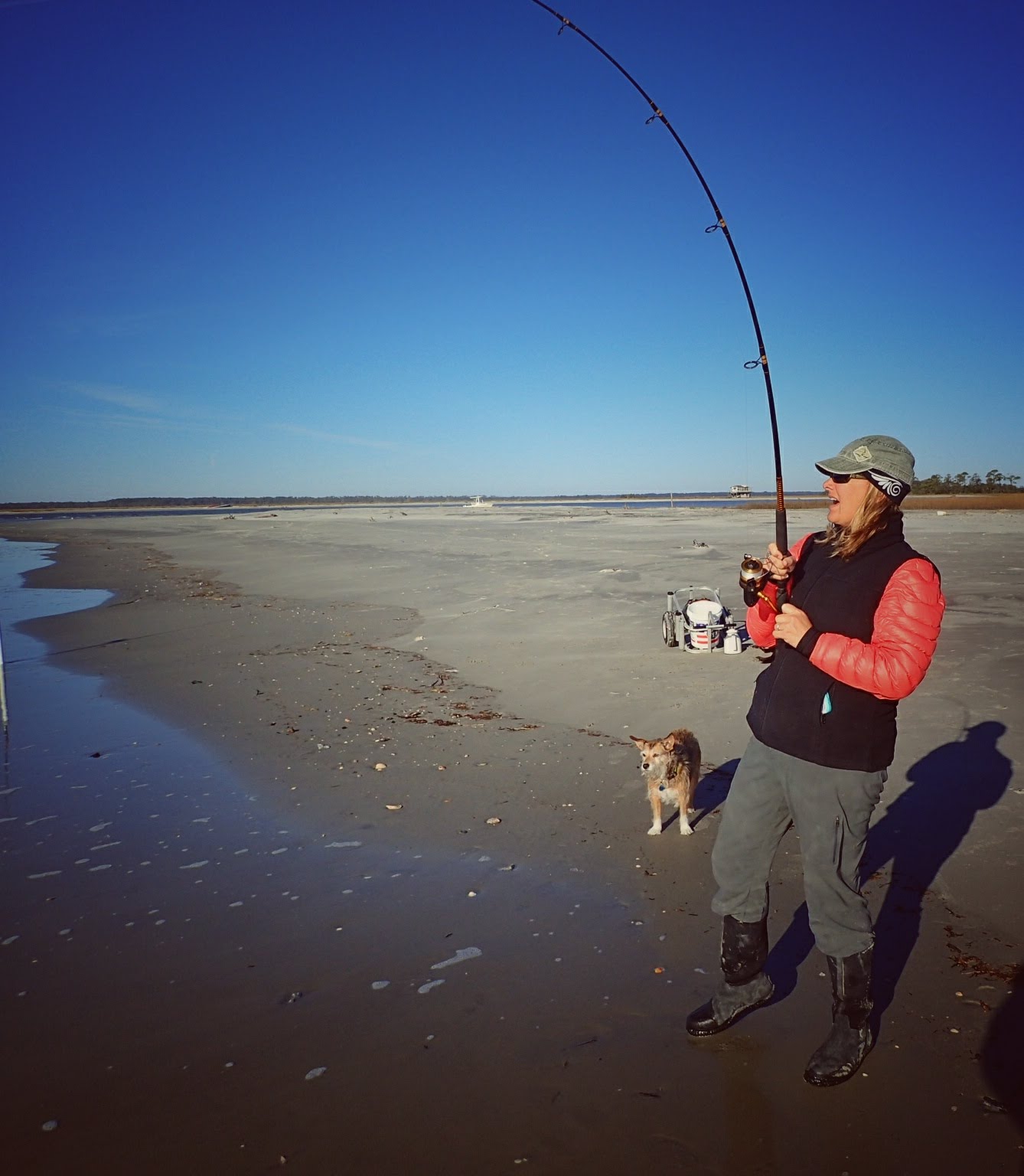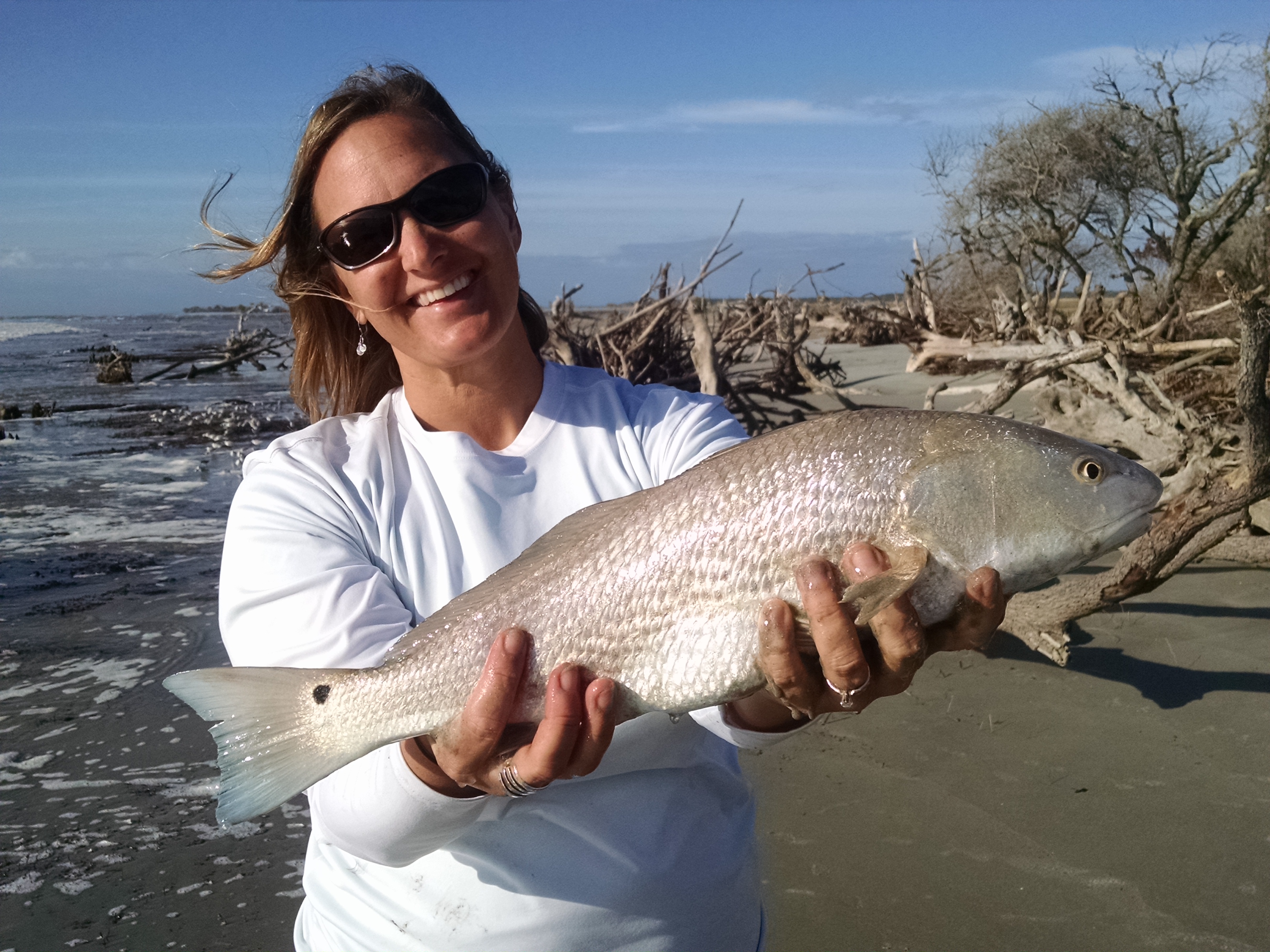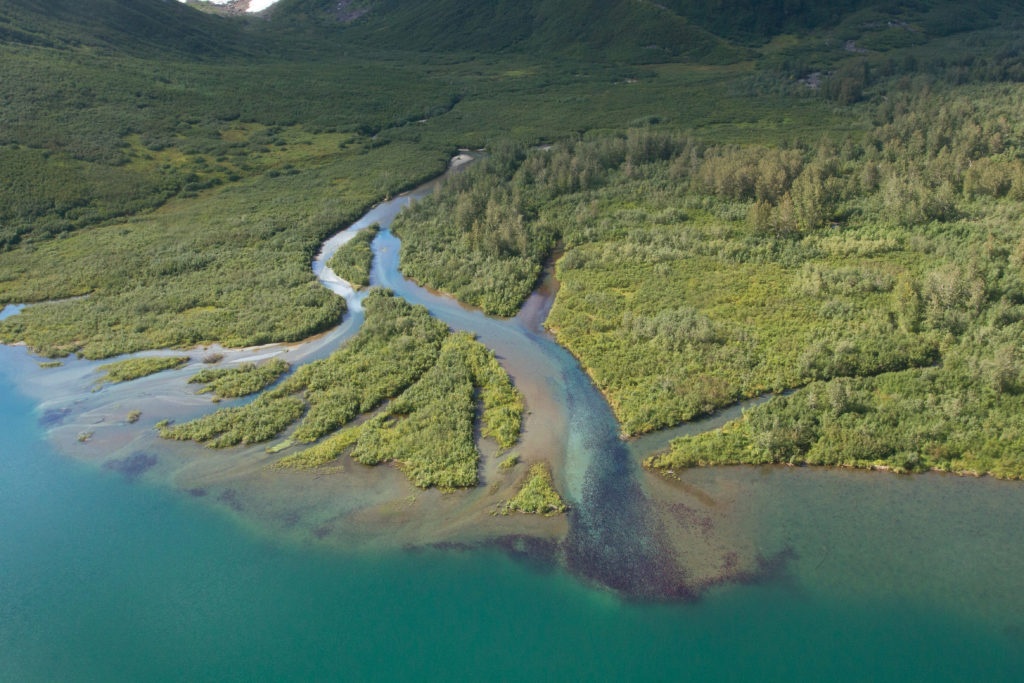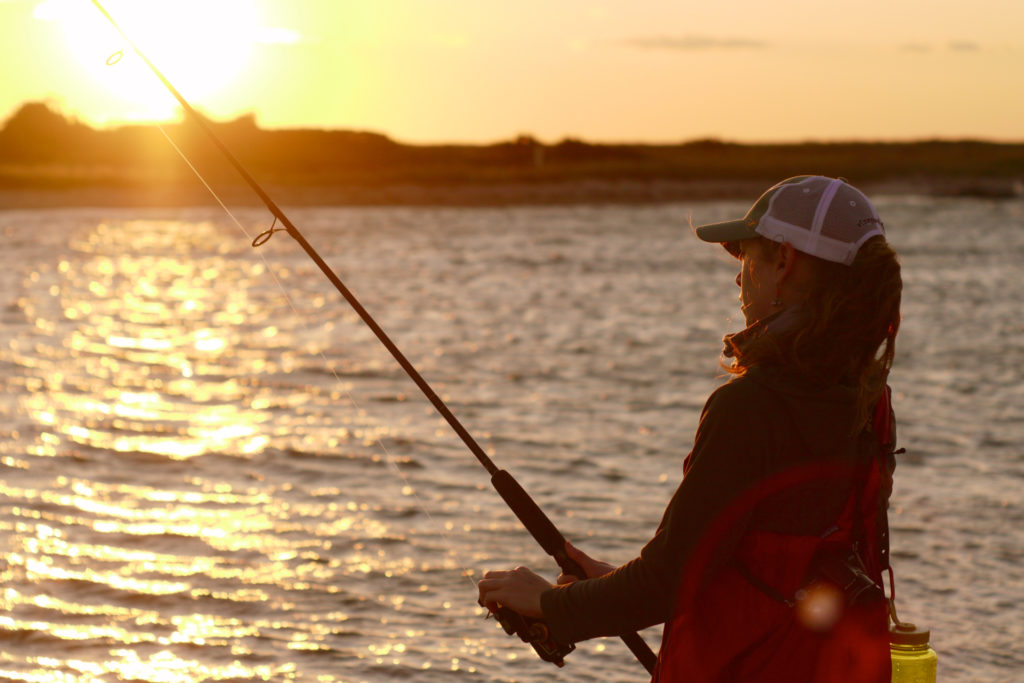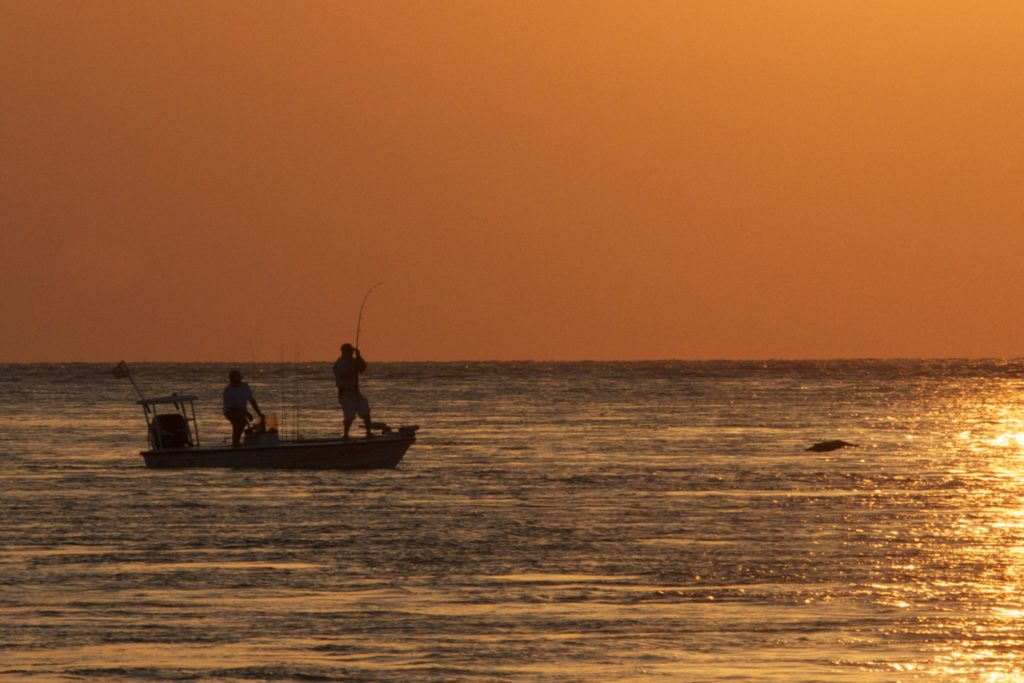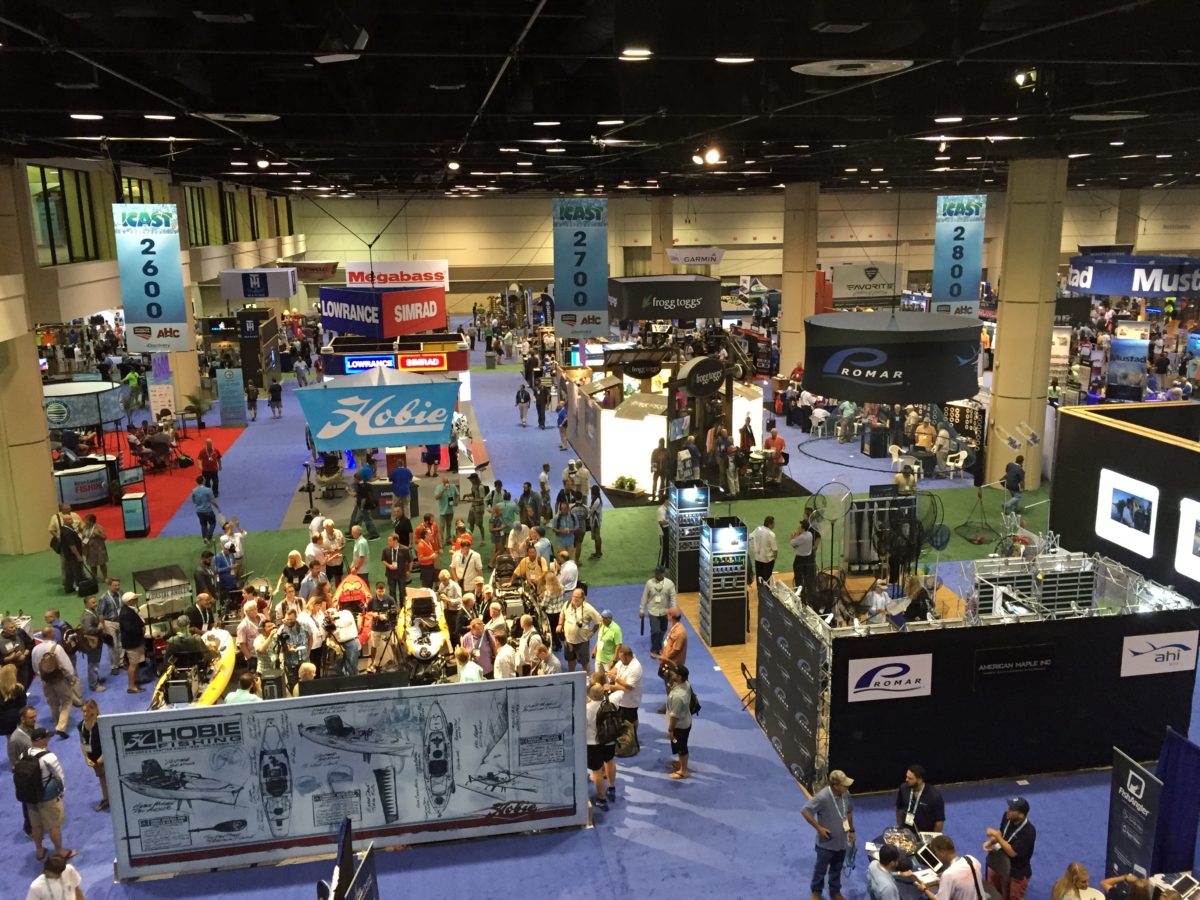Hunters and anglers have much to celebrate as lawmakers include a long-awaited fix for “fire borrowing” and many other wins for conservation in their must-pass spending bill
[This post has been updated.]
On March 21, Congress introduced its fiscal year 2018 spending bill with plenty for sportsmen and women to celebrate, including robust funding levels for conservation, a comprehensive fire borrowing fix, positive forest management reforms, and reauthorization of the Federal Land Transaction Facilitation Act (FLTFA). The House and Senate passed the bill Thursday and it was signed by the president on Friday.
“We are thrilled and relieved to see bipartisan support for many provisions in this spending bill that will benefit fish and wildlife habitat, clean water, sportsmen’s access, and the outdoor recreation economy, but hunters and anglers especially have reason to cheer for the wildfire funding fix, which will ensure that the Forest Service can get back to the business of maintaining healthy habitat and excellent facilities,” says Whit Fosburgh, president and CEO of the Theodore Roosevelt Conservation Partnership.
“This kind of deal doesn’t get done without the hard work of many people, including conservation groups, sportsmen, industry stakeholders, and all levels of government—from appropriators and authorizers to leadership. The hunting and fishing community should be proud of what our decision makers have accomplished in finding consensus,” says Fosburgh.

The Fire Fix We’ve Been Waiting For
Provisions in the spending bill will finally help us shift away from the current model of funding for wildfire suppression and recovery, where the U.S. Forest Service is forced to dip into other accounts after running out of appropriated funds during catastrophic fire seasons.
There are two components to the fix: It freezes the ten-year average cost of fire suppression upon which appropriated funds are based and permits funding costs above that ten-year average using natural disaster funding. This ends the need for ever-increasing appropriations for fire and halts the steady erosion of funds for non-fire activities at the Forest Service, which currently spends more than half of its budget on fire suppression activities.
The language is equivalent to provisions supported by the TRCP and our partners in the Wildfire Disaster Funding Act (S. 1842 and H.R. 2862).
There is also bipartisan support for provisions that will help the Forest Service expedite active management of forest habitat. Combined with the fire funding fix, the agency will not only have more tools to work on habitat restoration, they’ll have the funding to accomplish it.

Big Bonus for Conservation Coffers
The spending bill is a windfall for conservation funding, with Congress rejecting many of the steep cuts in the president’s budget proposal and giving most agencies a sizable boost, including:
- $3 billion over FY17 levels at the Department of the Interior
- $1.332 billion for the Bureau of Land Management, which is $79 million more than the 2017 enacted level, with $50 million to address the maintenance backlog on federal lands
- $1.595 billion for the Fish and Wildlife Service, which is $75 million more than the 2017 enacted level, with $53 million to address the maintenance backlog at wildlife refuges and fish hatcheries
- $425 million for the Land and Water Conservation Fund, which is $25 million more than the 2017 enacted level
- $40 million for the North American Wetlands Conservation Act, which is $1.85 million more than the 2017 enacted level
Access Value from Public Lands Sales
Finally, the spending bill would permanently reauthorize FLTFA, a critical conservation tool for Western lands that ensures revenues from the sale of small or low-value parcels of BLM land are used to buy new public lands with hunting and fishing access or high-value habitat. Right now, proceeds from surplus sales simply go to the general treasury. The TRCP has been supportive of thoughtful FLTFA reauthorization bills introduced this session by Rep. Rob Bishop, Sen. Martin Heinrich, and Sen. Dean Heller.

